
Pulsar P150 vs Apache RTR 160 2V - Comparison Review
- Dec 23, 2022
- Views : 6554

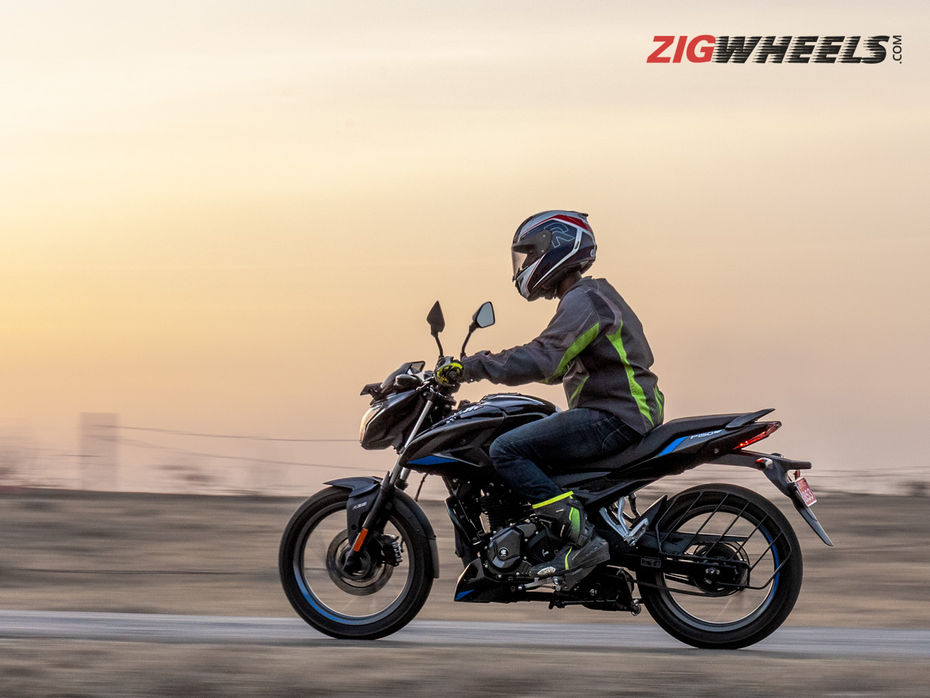
You see, a bike like the Pulsar P150 is seen as a family bike in a typical Indian household. Unlike sporty motorcycles, these bikes need to please your dad who occasionally needs it for a quick ride, your elder brother who works across town, and also you, the college student. And, when we reviewed the P150 twin-disc (TD) variant a few months ago, PD found it to be “a giant leap forward from the last gen Pulsar 150”.
That said, so far every Pulsar 150 met our expectations without having two variants. So, why offer two variants now, and that too with a small margin of Rs 3,000 setting them apart! To find out how different the Pulsar P150 single-disc(SD) variant is to its twin-disc sibling, we ran some tests and this is what we found…
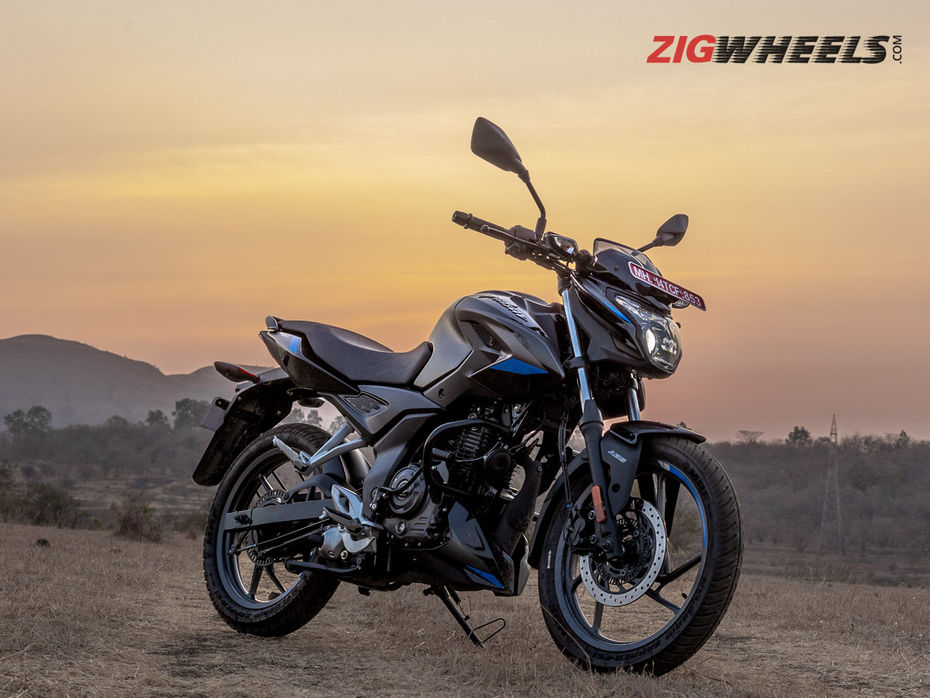
Let’s begin with the way it looks, and there is a difference between the two variants. The two biggest differences are the seat and the handlebar, and those alone clearly give the P150 SD variant a traditional, pro-commuter stance. The one-piece seat and flat handlebars take away that sportiness the TD variant’s split-seat and clip-on bars offer. But, there’s also a third, subtler change - forward set footpegs. Yes, the rider footpegs on the P150 SD variant are slightly more forward set and it along with the flatter bars and seat alter the way you sit on the bike.

While the P150 TD variant feels sportier, the P150 SD variant offers a more upright and relaxed experience. That said, it’s plenty sporty for an averagely tall rider like me. Taller and heavier riders in the team struggled to get comfortable in a sportier tuck. Hence, the Pulsar P150 single-disc variant feels better suited for those who prioritise comfort over sportiness.

Tyres:
|
Single Disc |
Front: 80/100-17 |
Rear: 100/90-17 |
|
Twin Disc |
Front: 90/90-17 |
Rear: 110/80-17 |
The next point of difference is power. Because the P150 single-disc variant is a kilogram lighter than the twin-disc one, and also runs on skinnier tyres it’s a bit quicker (check table below), despite both variants having the power output from the 149.68cc motor - 14.PS and 13.5Nm.
Acceleration:
|
Variants |
0-60kmph |
0-80kmph |
0-100kmph |
|
Twin Disc |
6.01 seconds |
10.91 seconds |
21.05 seconds |
|
Single Disc |
5.72 seconds |
10.18 seconds |
19.18 seconds |
Roll on:
|
Variants |
30-70kmph in 3rd gear |
40-80kmph in 4th gear |
|
Twin Disc |
6.52 seconds |
9.01 seconds |
|
Single Disc |
6.20 seconds |
8.59 seconds |
Out and about, this quickness of the P150 single-disc variant is not as noticeable and the performance still feels like a sporty commuter. It feels lighter than the twin-disc to steer through traffic and yet it feels decently planted at higher speeds.
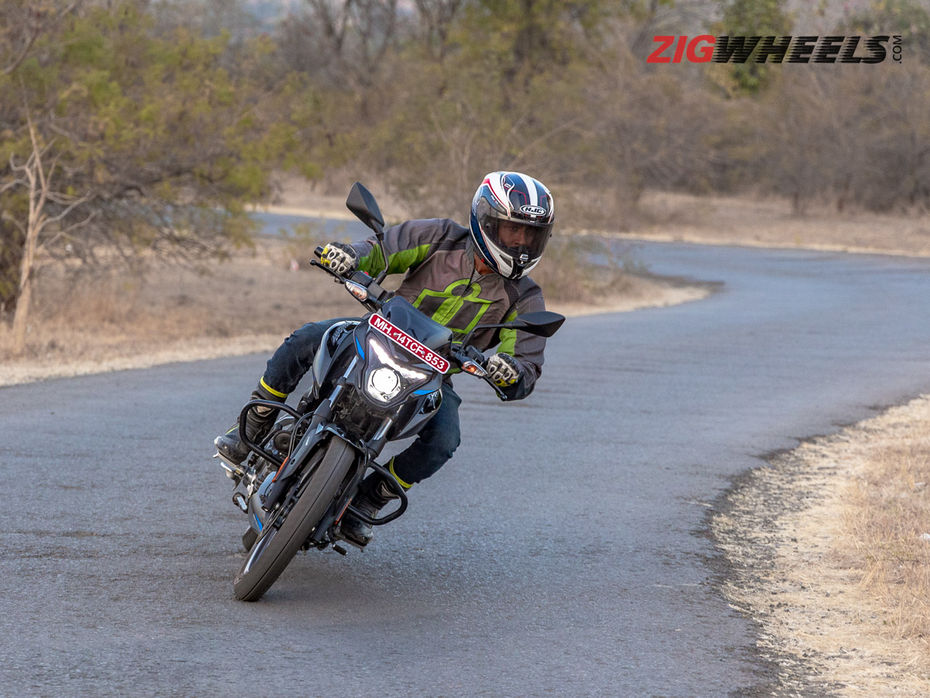
Another significant area where the P150 SD found gain thanks to its lightness and reduced rolling resistance thanks to skinner tyres is fuel efficiency. In the city, the P150 single-disc variant extracted 51.54kmpl, almost three kilometers per litre better efficiency than the twin-disc variant (49.7kmpl). But where the skinnier tyres become hindrance is when you need to stop quickly.
Braking:
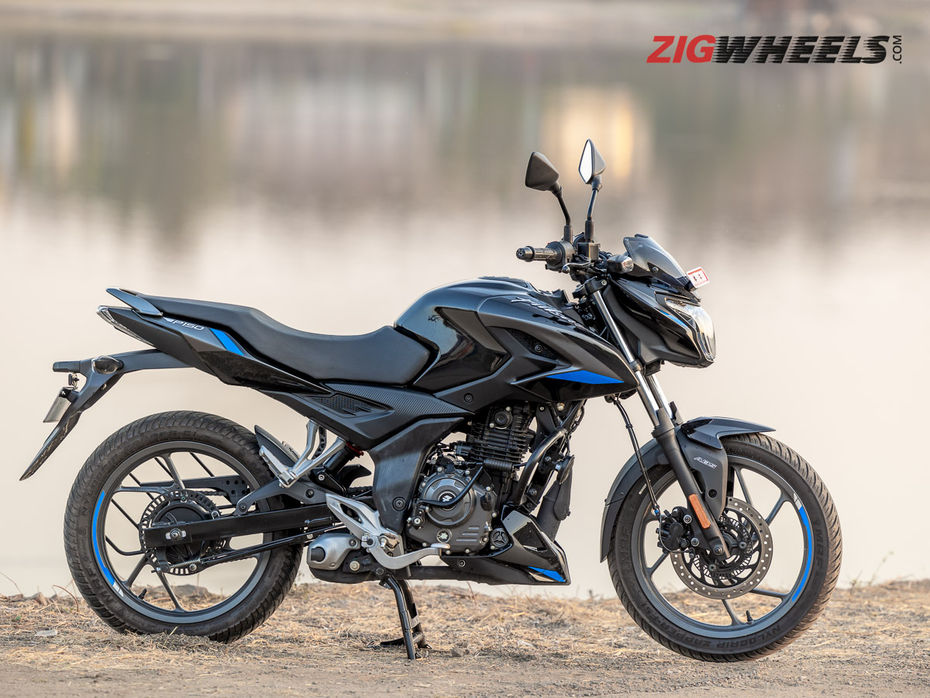
|
Variants |
80-0 kmph |
60-0 kmph |
|
Twin Disc |
36.20m |
20.40m |
|
Single Disc |
37.61m |
21.04m |
The Pulsar P150 TD variant is the first 150cc Pulsar to feature a disc brake at the rear (single channel ABS), and its benefits show in our braking test. While the margin between the two isn’t much, under hard braking, the P150 SD felt way more unsettled and fishtailed a fair bit to a full stop. Here, the skinnier tyres also accentuate that slip and slide of the rear tyre under braking.
Verdict:
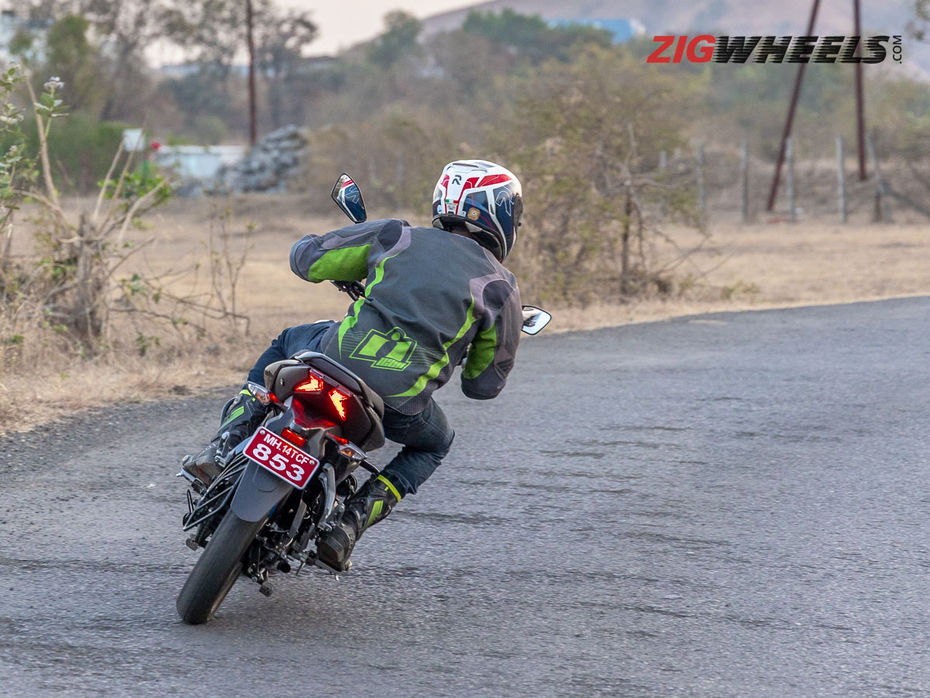
The Pulsar 150 is meant for frugal fun, which meant, Bajaj could offer it with a drum brake at the rear and a majority of its takers had to be ok with that. Today, however, takers for the P150 have a choice, an option to make their commutes safer thanks to a rear disc brake. And honestly, you don’t have to reach too deep in your pockets to have one.
The P150 single-disc costs Rs 1,16,755 and the P150 twin-disc will set you back by 1,19,757 (both ex-showroom Delhi), the margin is therefore narrow. Therefore, if "sporty" from "sporty commuter" is the keyword for you, then the Pulsar P150 TD is the one to go for. However, if your focus is on "commuter", the P150 SD makes for a better daily motorcycle.

Pulsar P150 vs Apache RTR 160 2V - Comparison Review

TVS Apache RTR 160 2V Road Test Review: It Just Wants To Have Fun

Hero Xtreme 125R First Ride Review

India’s Best 160cc Sporty Commuter Is…

Bajaj Pulsar N160 First Ride Review: Pulsarmaniacs Rejoice
 TVS Apache RTR 160
TVS Apache RTR 160
 Hero Xtreme 125R
Hero Xtreme 125R
 Bajaj Pulsar NS 125
Bajaj Pulsar NS 125
 Bajaj Pulsar N160
Bajaj Pulsar N160
 Bajaj Pulsar 150
Bajaj Pulsar 150
India's largest automotive community
 Bajaj Pulsar NS200
Rs. 1.58 Lakh
Bajaj Pulsar NS200
Rs. 1.58 Lakh
 Bajaj Pulsar 125
Rs. 83,846
Bajaj Pulsar 125
Rs. 83,846
 Bajaj Pulsar NS 125
Rs. 1.01 Lakh
Bajaj Pulsar NS 125
Rs. 1.01 Lakh
 Bajaj Pulsar NS160
Rs. 1.47 Lakh
Bajaj Pulsar NS160
Rs. 1.47 Lakh
 Bajaj Pulsar N160
Rs. 1.33 Lakh
Bajaj Pulsar N160
Rs. 1.33 Lakh
 Bajaj Chetak
Rs. 1.20 Lakh
Bajaj Chetak
Rs. 1.20 Lakh
![Bajaj Chetak [2020 - 2024] Bajaj Chetak [2020 - 2024]](https://media.zigcdn.com/media/model/2024/Sep/bajaj-chetak-2025-right-side-view_135x90.jpg) Bajaj Chetak [2020 - 2024]
Rs. 99,998
Bajaj Chetak [2020 - 2024]
Rs. 99,998